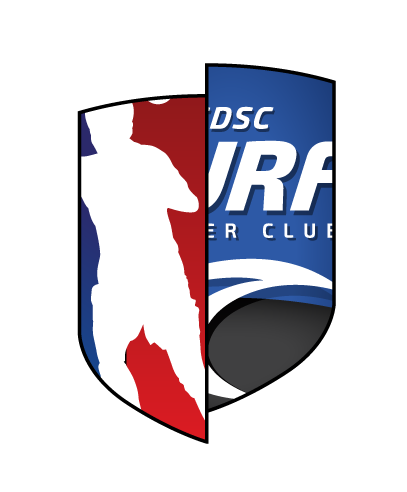Coaches Blog: Coach Lopez
/Something that kids can start to do, while they are unable to be on the pitch to work on tactical aspects of the game with their teammates, is to watch and analyze some professional games and start to develop their tactical awareness and positional understanding to a greater degree. The goal is to help a player start to see the game as a coach, and because the game is recorded, a player has the chance to rewind, look at the root causes of good or bad plays, and pinpoint vital decisions per player and per position. To that end, it is also a big help in a player learning more about the details and intricacies of their position and what the best players in the world do to execute at such a high level.
Start by choosing a game. Because there are no live games (or hardly any) it is a good opportunity to find classic match-ups. Go find some classic games where some of the world’s best are matched up. Try to choose teams that have top-level players at your position(s). This will allow you to appreciate the game on a few levels: the overall style of play, movement, combination play, etc., and the game within the game when you focus on how players make adjustments or impose their will on the opposition player they are up against.
Summarize and reflect on the game.
How detailed a report and how much of a report the player creates is dependent on age and interest.
For example, younger teams (9-aside or younger), watch at least one half, and then take time to summarize various elements of the game:
Which team played better and why?
Were there particular match-ups of consequence?
How did the players at your position play? Their best play, why? Worst play, why?
Were they impactful? If so, how so? If not, why not?
What do you anticipate will change in the second half for either team?
Older players may want to watch the whole game, and consider some deeper questions:
If you were the coach in the locker room at half-time, what would you tell the team that is struggling that they need to do differently? Would you make a substitution, why? Would you make a tactical change, what and why? And what do you say to the team that is dominating? What do they need to continue to do, what should they be concerned with? What should they anticipate as a response from the opposition for the second half?
Reconsider the first 4 elements above for the second half.
Reflect on what tactical decisions were made at half time by each team. Why did they make those changes? Did they work? Was there something unexpected that took effect that changed the game? Who was the best player on the field? Who was the biggest disappointment, most detrimental (player, coach, ref…), and why?
Final Note: The exercise has several layers. On one hand, you are trying to see the game more holistically. Players (and parents) often get caught up in what one player is doing, or one aspect of a game, when, given the nature of a game like soccer, a specific problem often has a more complex root issue. Say for example we cannot retain possession like we usually do, the initial response may be that we are executing poorly, but why? Is the other team faster and more physical? Is the ref letting things go? Are they high-pressing? Are they running a formation that we are not accustomed to that is causing problems? Are they better at possession than we are? Are the field conditions not conducive to our style of play?
On another level, the exercise has a player paying special attention to his/her position. We want to see all the aspects that are involved in great execution: proper early position, reading of the game as it develops, timing and communication, quality of skills, reaction to adversity, leadership, physicality and endurance, vision, etc. When a player focuses on a position he/she starts to pick up on the nuance involved in great play. Maybe your team scored a beautiful goal but did the goal begin because a wingback dropped into a good support angle to close out a passing lane, and was able to pick off what would have been a dangerous entry pass, and then took space in transition quickly and switched the field to create a numbers up counter attack opportunity. We get caught up in the final pass and the exquisite finish, and sometimes forget the attention to detail that got us there.
On the final level, the exercise asks players to make assessments and to ask themselves if they were charged with the responsibility of tactical decisions, what would they do? And then compare that to what the professionals actually did. And finally, to reflect on why, whether it worked, and how come? With this sort of analysis comes an appreciation for the coaching aspect, for the complexity of considerations to attend to in this beautiful game.
It is often hard, even for good players, to see the game, while in the game, from above. The old, “Can’t see the forest for the trees,” idea is almost literal in a sport like soccer. When playing at field level, seeing the angles and spacing, the shifting of balance, can be hard. It becomes so glaring when we watch a game from a bird’s eye view. So for young players to learn to appreciate watching the game will help them to cultivate an understanding of this vantage point, and to be more aware of it when they play. Great players seem to be able to see from above while in the moment. Watching them work brings awareness and an inspiration to grow in these creative capacities.
Comment below to share with others what your player is watching.
Coach Mike Lopez























